The artists reappropriating 'feminine crafts' through a queer lens
There's been a resurgence in recent years of artists using materials like textiles and ceramics in siting domestic settings as creative spaces, a nod to the influence of the 1970s Pattern and Decoration (P & D) art movement.
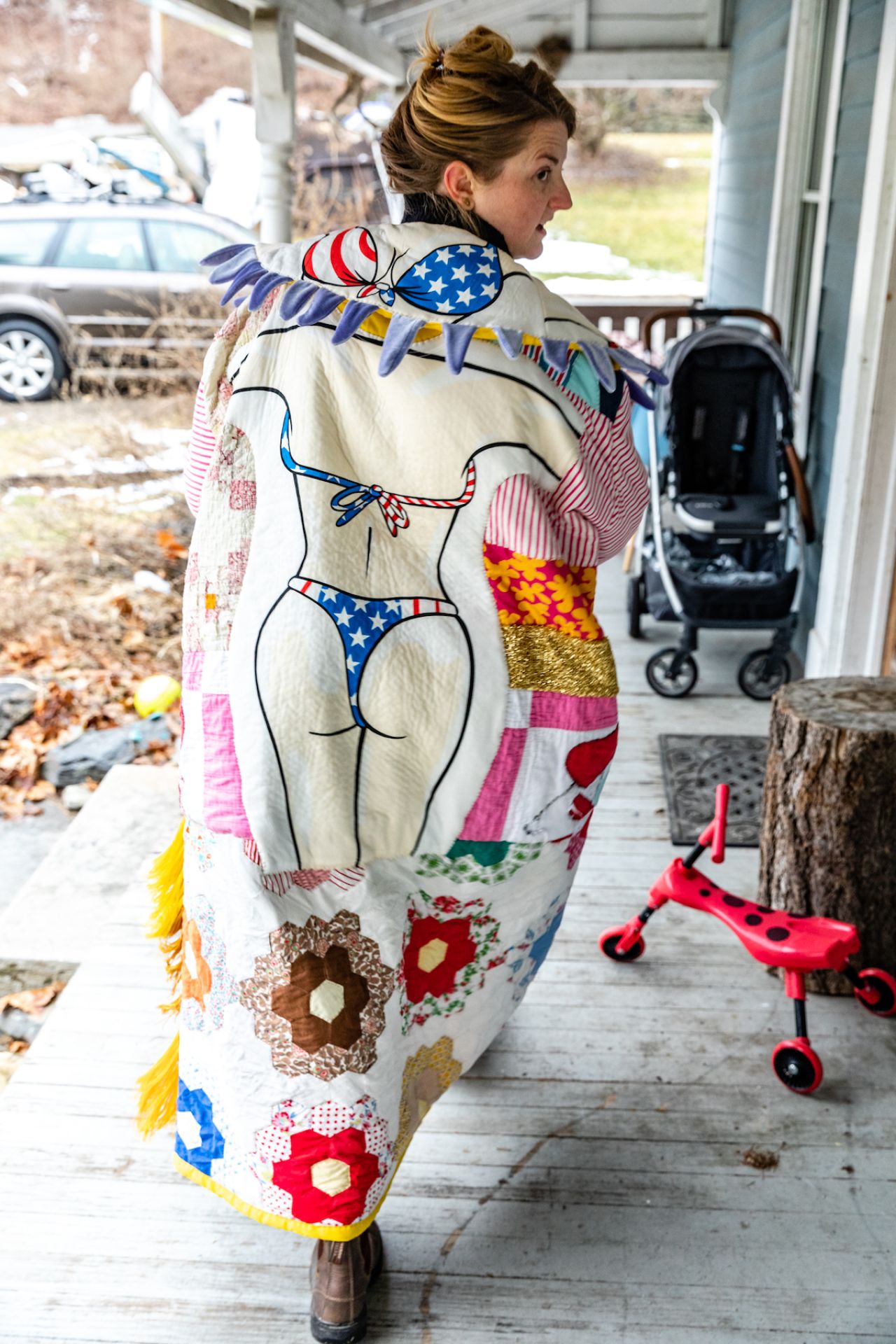
Natalie Baxter, Housecoat III
New York-based gallery Denny Dimin Gallery attributes much of this resurgence to the movement's promotion of female artists and its interest; though it also likely chimes with contemporary practitioners thanks to its place on the periphery of the art world then; it was never mainstream, and indeed turned the zeitgeist on its head through references to fabric design, quilting, stained glass, manuscripts, textiles, pottery, mosaics, embroidery and – crucially – most non-Western Art.
Denny Dimin is now hosting a group show titled Fringe, which runs until 20 August, featuring work by Natalie Baxter, Cynthia Carlson, Max Colby, Pamela Council, Amir H. Fallah, Valerie Jaudon, Future Retrieval, Justine Hill, Judy Ledgerwood, Ree Morton, Josie Love Roebuck and Amanda Valdez.
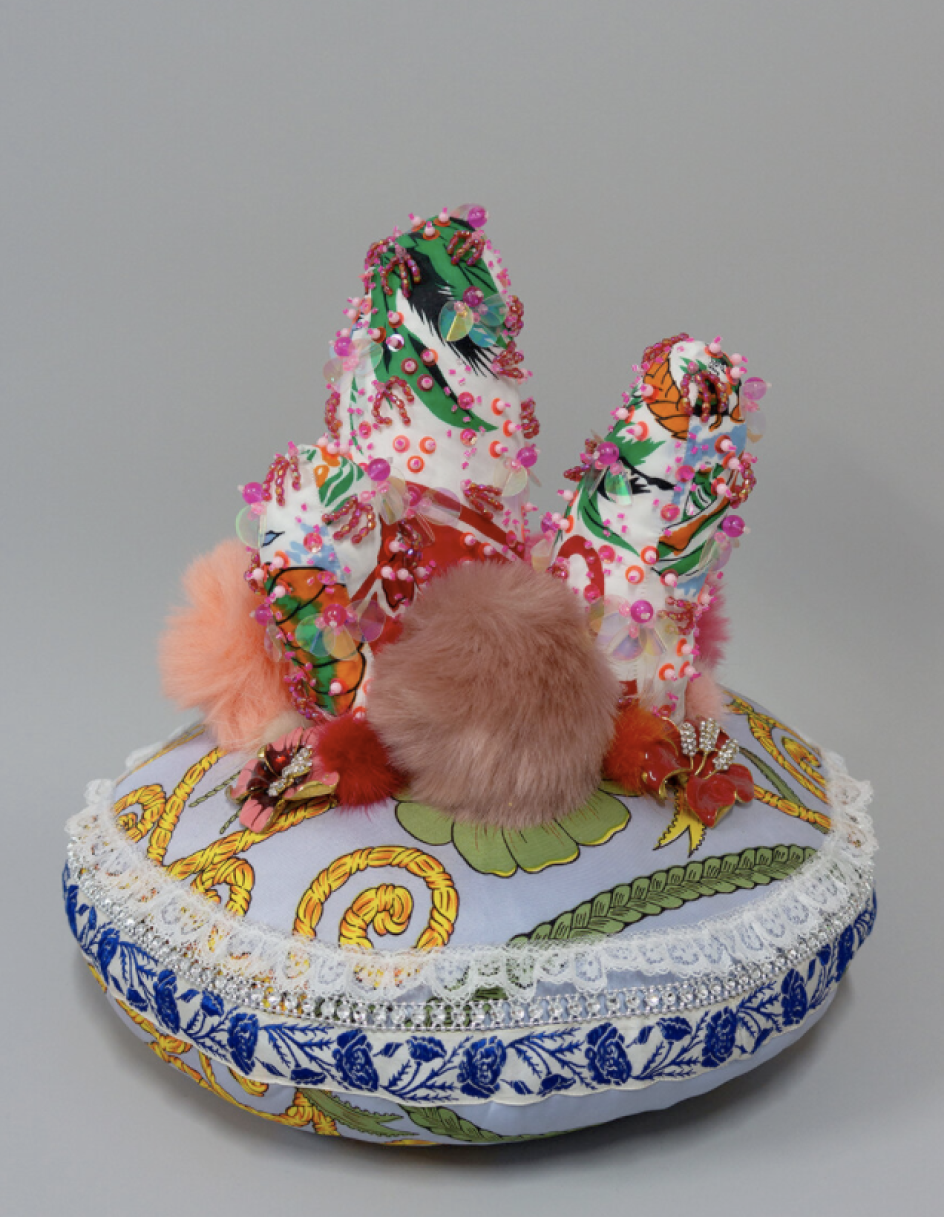
Work by Max Colby
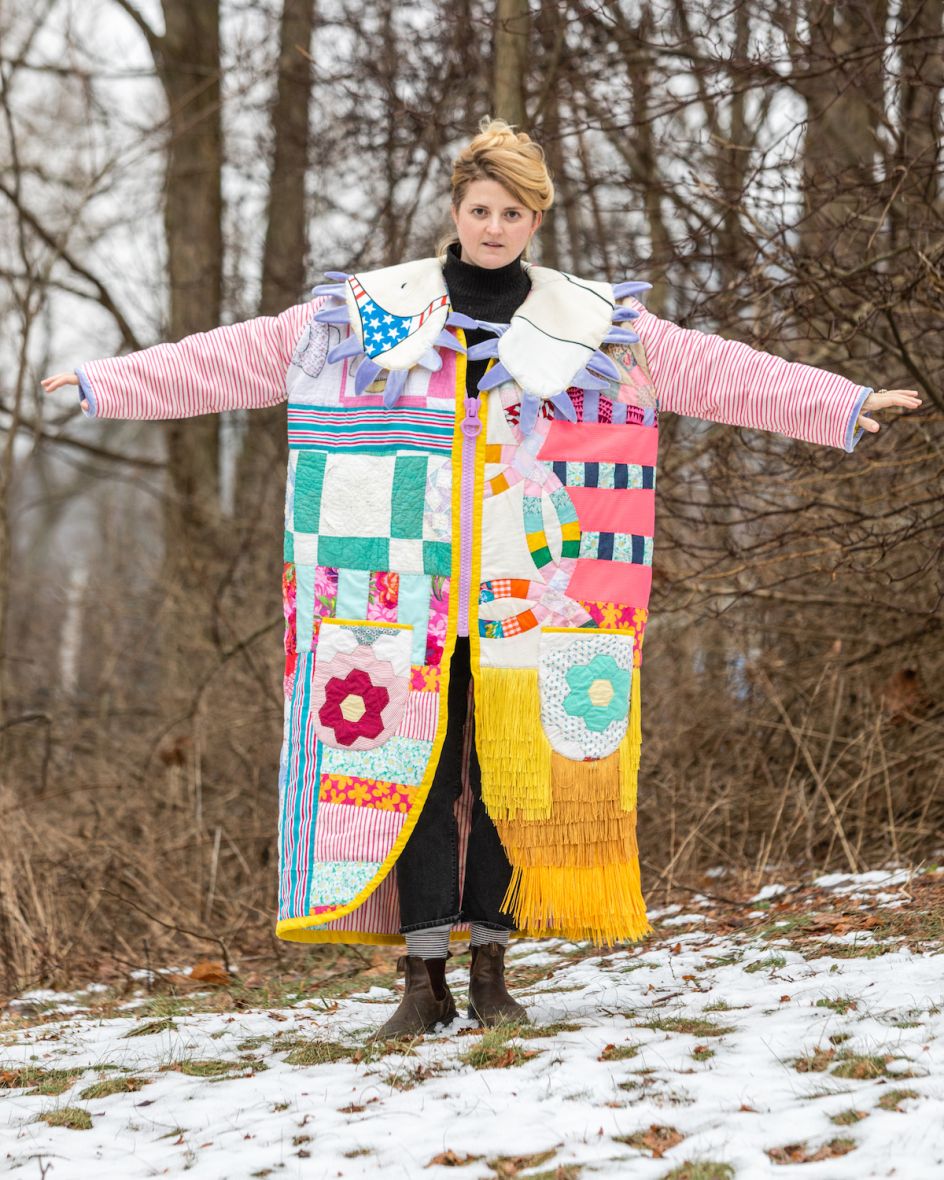
Natalie Baxter, Housecoat III
"Fifty years later, the challenge P & D posed to institutional art history, and the market for non-white, non-male artists continue to be a struggle for contemporary artists," says Anna Katz in her essay introducing the exhibition. "Only 14% of all exhibitions at 26 prominent U.S. museums over the past decade were of work by women artists. Data analysis of 18 major U.S. art museums found that their collections are 87% male and 85% white. The deployment of materials and approaches that are coded female or are by artists of diverse backgrounds continues to be a way to challenge this status quo.
"P & D unsettled and troubled the coding by the academic, the discipline of art history, the museum, and the market of the wide range of arts historically associated with women's traditional activities in the home and non-Western cultures as decorative and thus secondary, or worse."
Many of the artists in Fringe explore ideas around gender stereotypes through the re-appropriation of traditionally "feminine craft" techniques, while many use the idea of camp as a conceptual framework.
Florida-born Max Colby, for instance, reframes traditional notions of domesticity, power, and gender from a trans and non-binary perspective through the political tactics of camp. New York-born Pamela Council also uses a camp aesthetic, but one rooted in "Afro Americana" that they've dubbed "BLAXIDERMY."
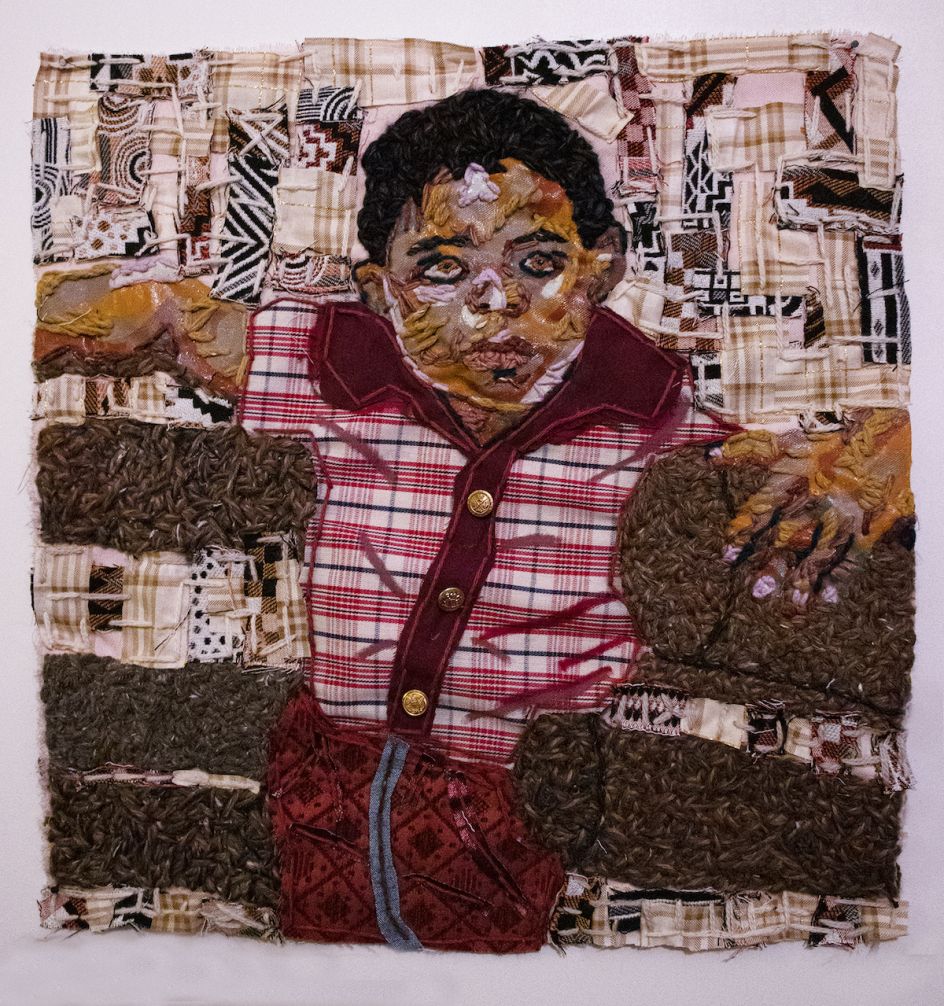
Josie Love Roebuck, Farm Boy
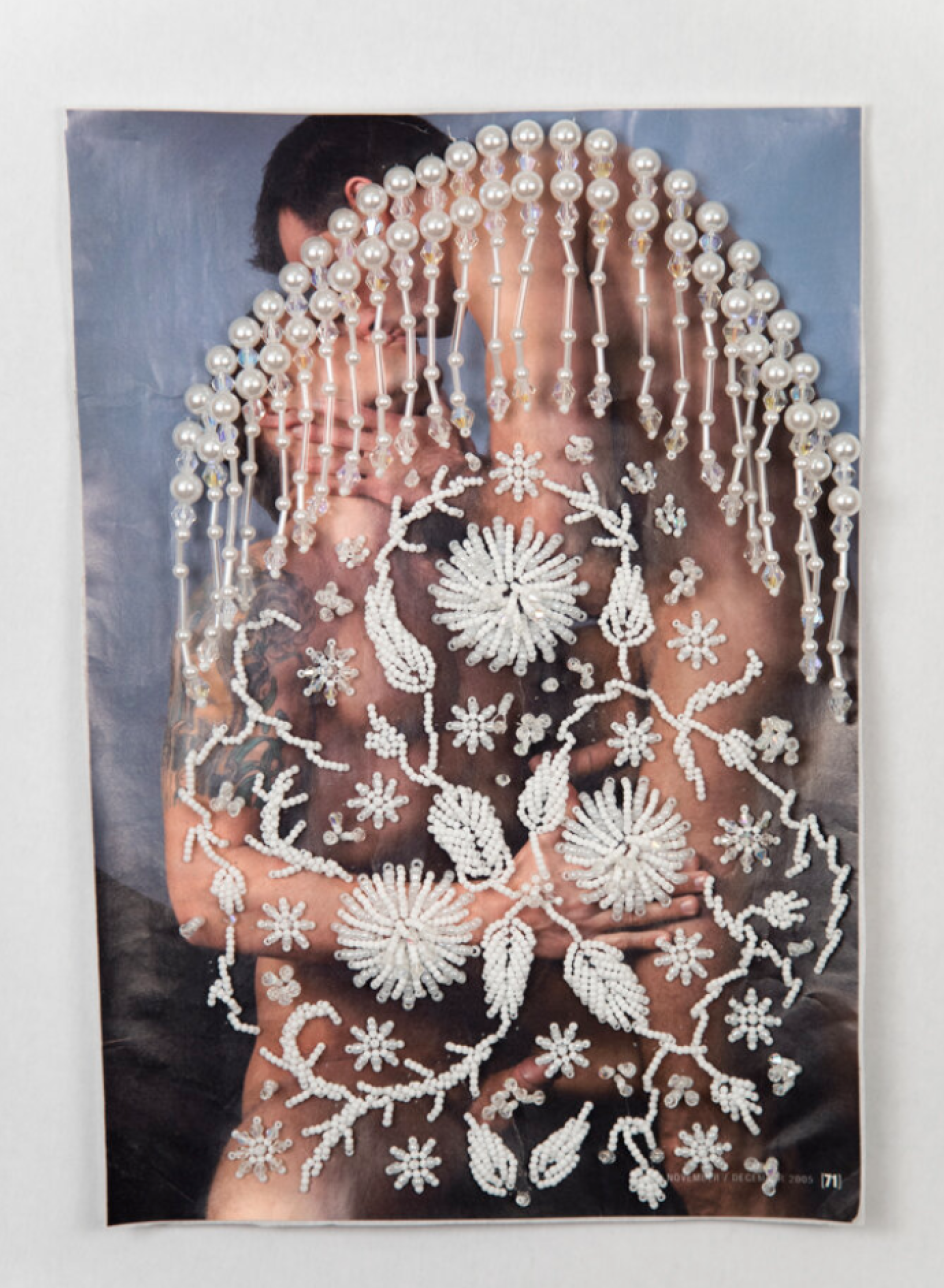
Work by Max Colby
Meanwhile, Chicago-based abstract painter Judy Ledgerwood's work considers domestically created decorative work made by women across cultures, using circles, quatrefoils, and seed-like shapes organised within triangles and chevrons that "she perceives as a womanly cypher symbolic of feminine power," according to the gallery.
Taking on themes of craft and trauma, Tennessee-born Josie Love Roebuck combines embroidery and painting to create intimate portraits of survivors of rape. "Her paintings re-create the emotional narratives of the victims she depicts and asks the viewer to consider the difficult reality of overcoming and healing from trauma," the gallery explains. "Her process addresses the contemporary complexity of identifying as biracial through symbolising pain and triumph, exclusion, and acceptance."
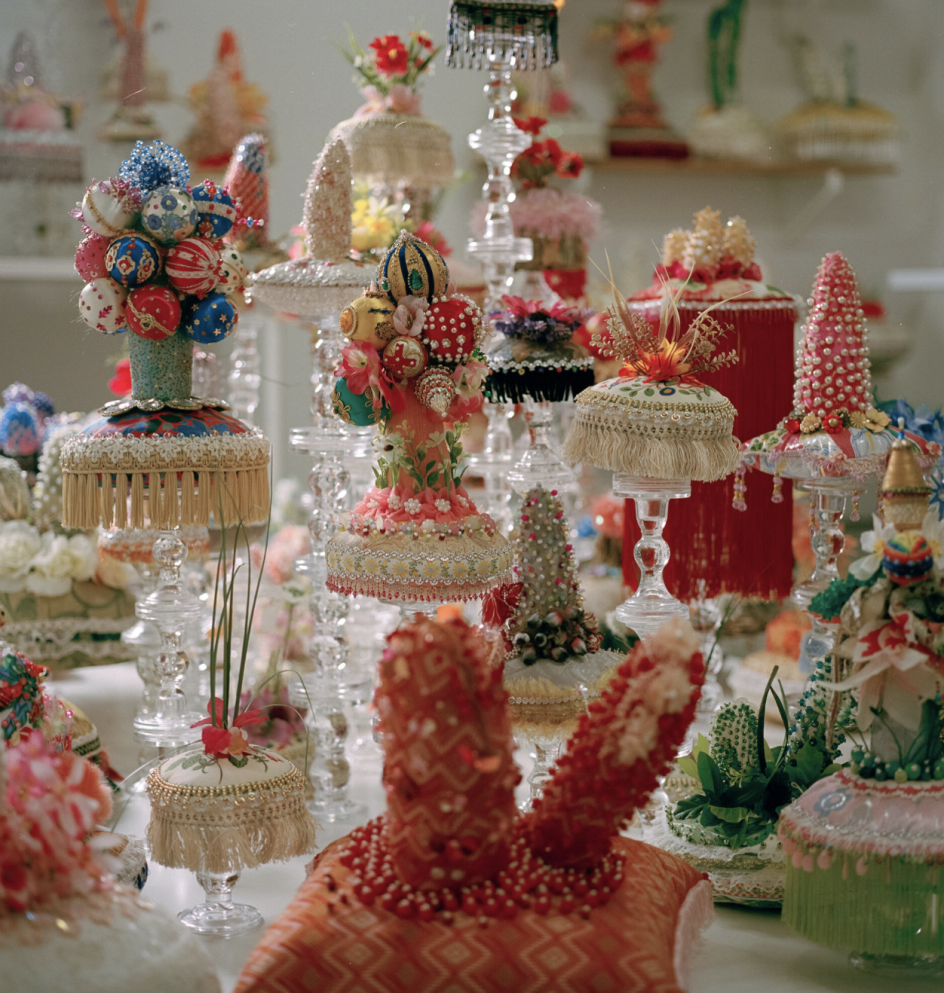
Work by Max Colby
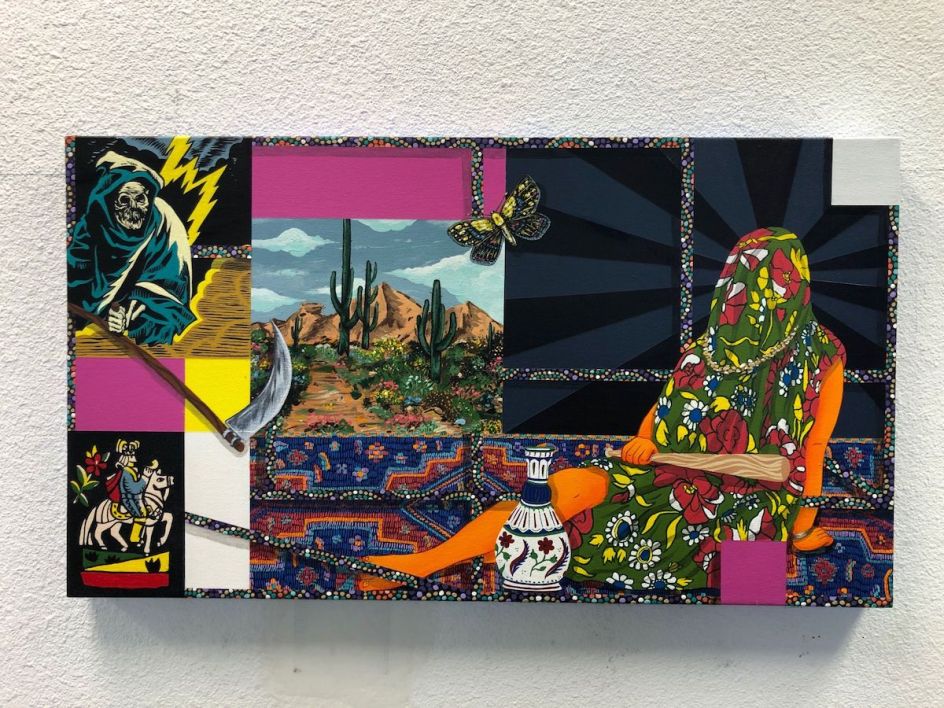
Amir H. Fallah, Reap What You Sow, 2021
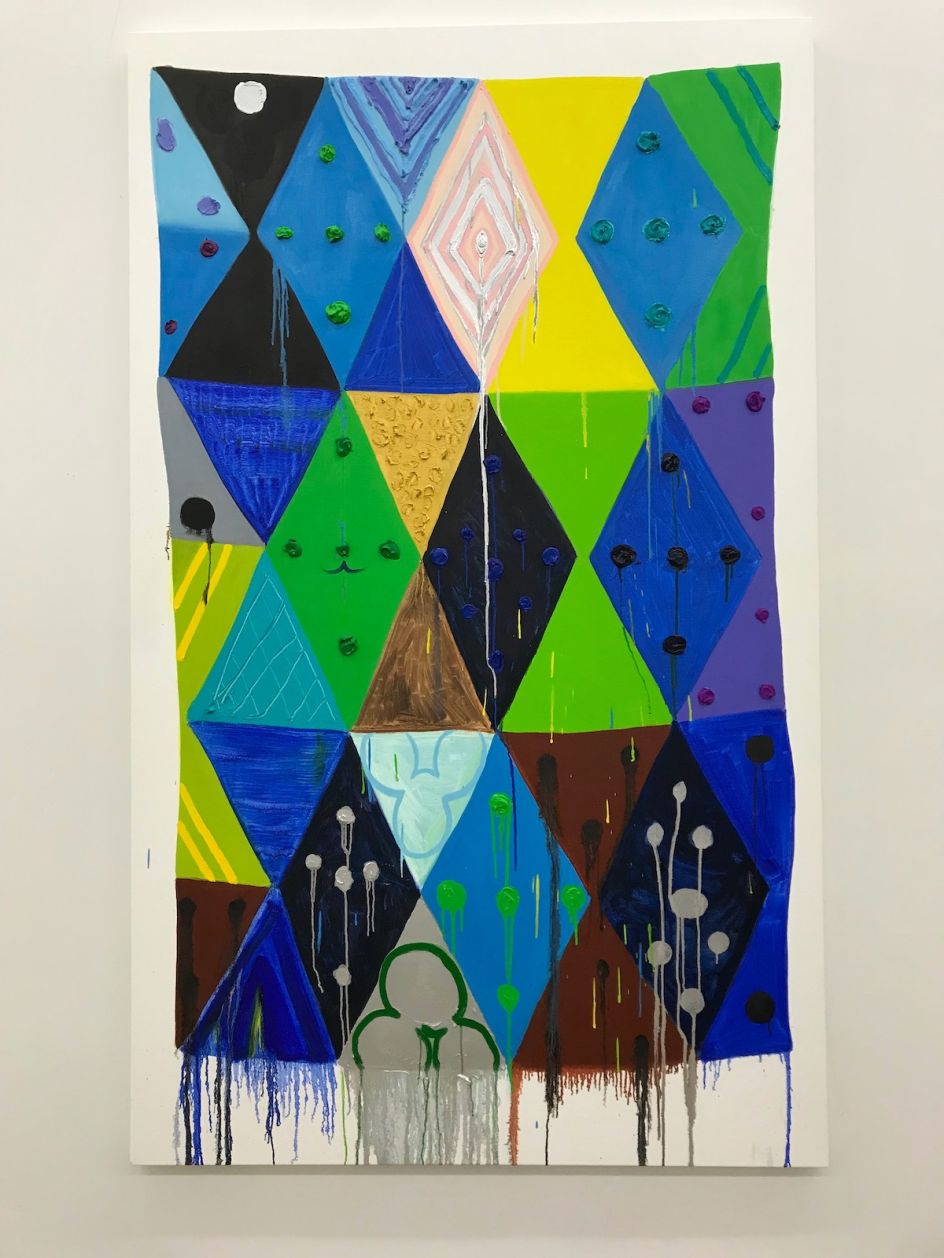
Judy Ledgerwood, Visigothic, 2021
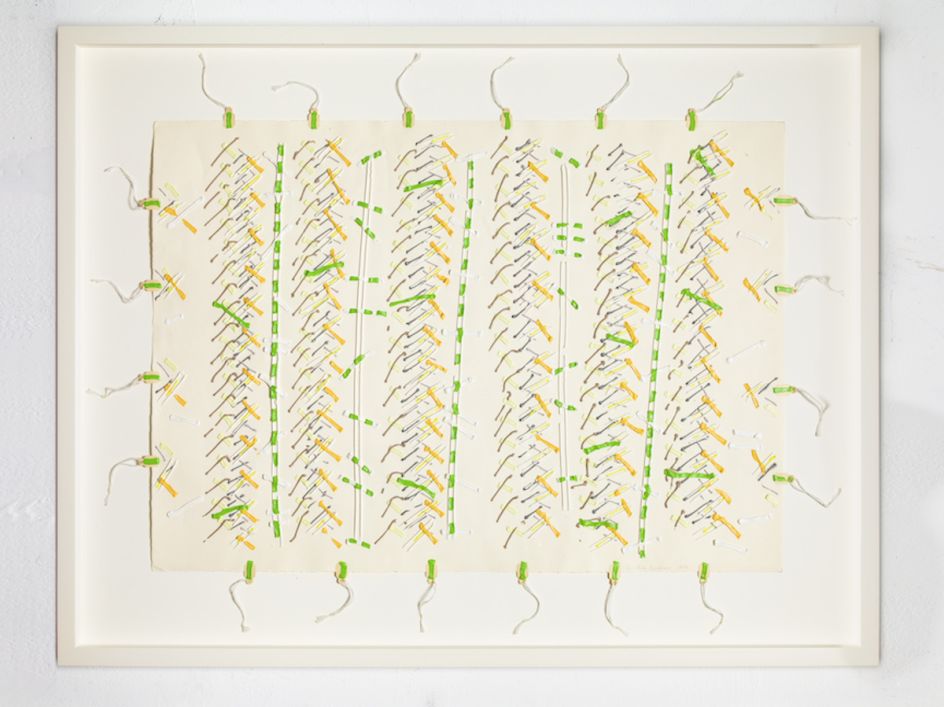
Cynthia Carlson, Jacobs Ladder
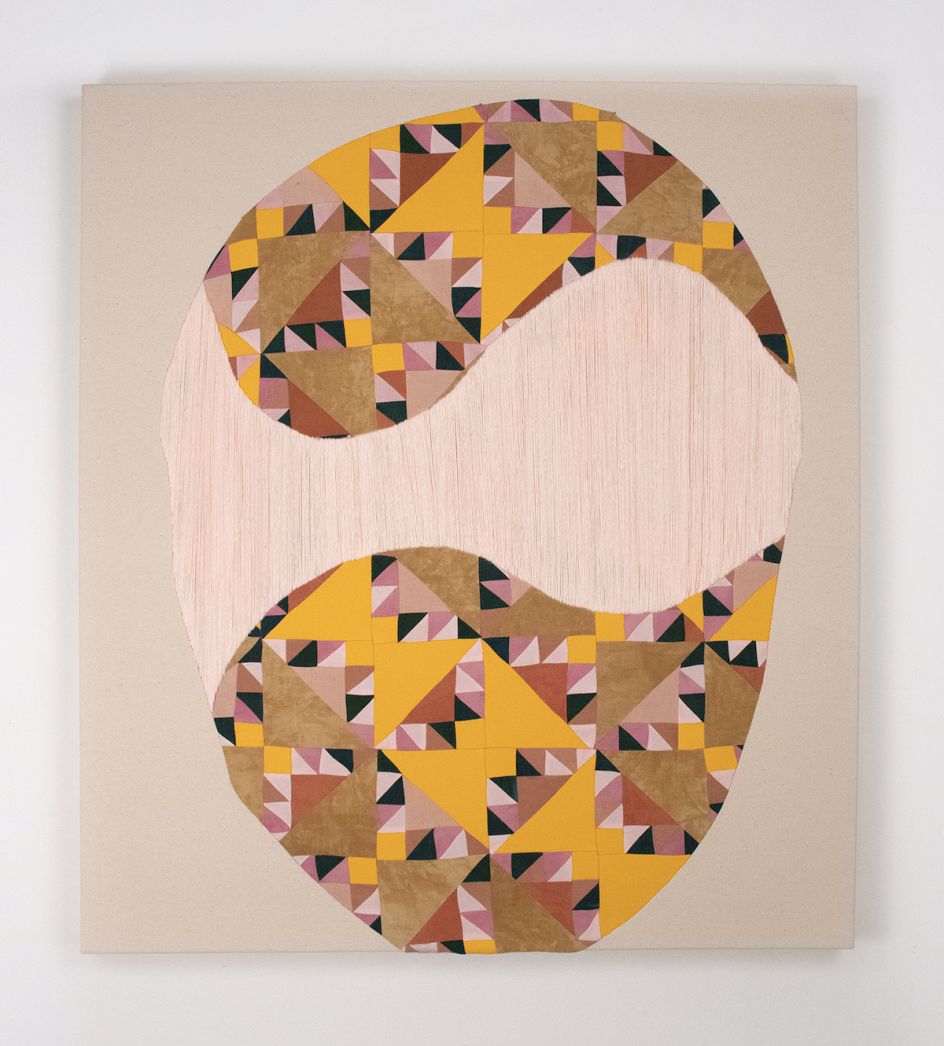
Amanda Valdez, Sweet Trouble 2020
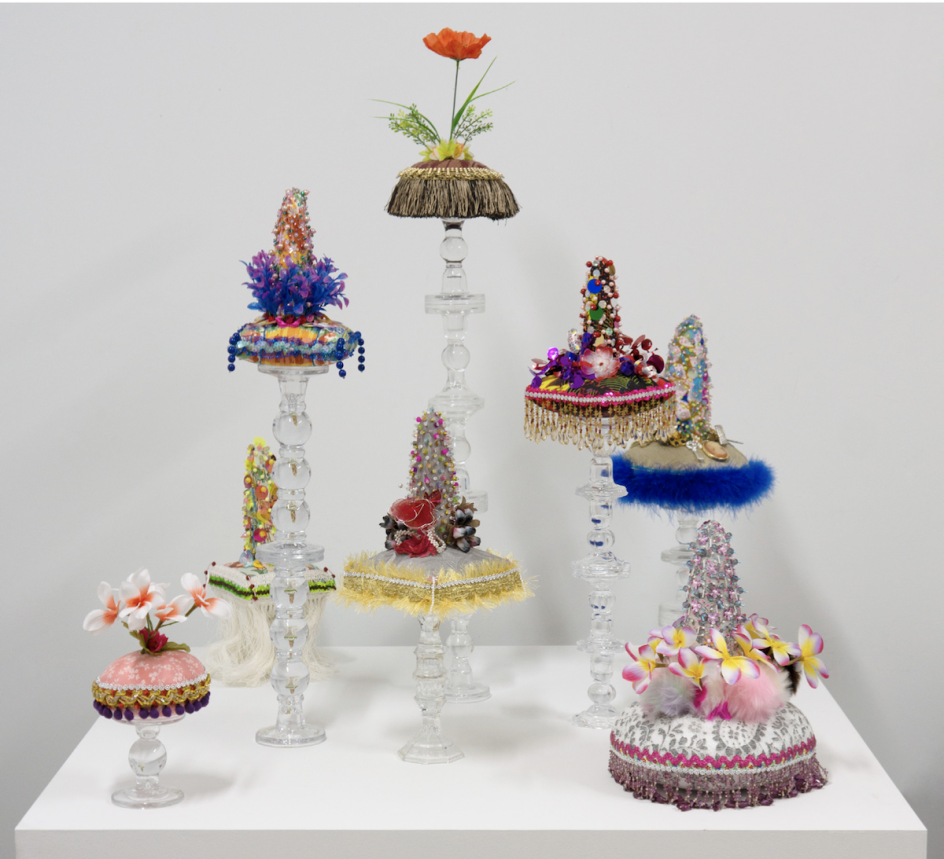
Max Colby, They Consume Each Other (#1)




 by Tüpokompanii](https://www.creativeboom.com/upload/articles/58/58684538770fb5b428dc1882f7a732f153500153_732.jpg)

 using <a href="https://www.ohnotype.co/fonts/obviously" target="_blank">Obviously</a> by Oh No Type Co., Art Director, Brand & Creative—Spotify](https://www.creativeboom.com/upload/articles/6e/6ed31eddc26fa563f213fc76d6993dab9231ffe4_732.jpg)








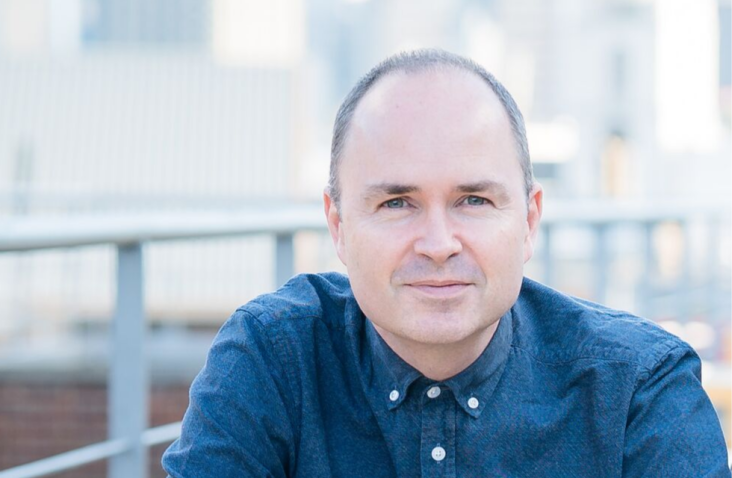

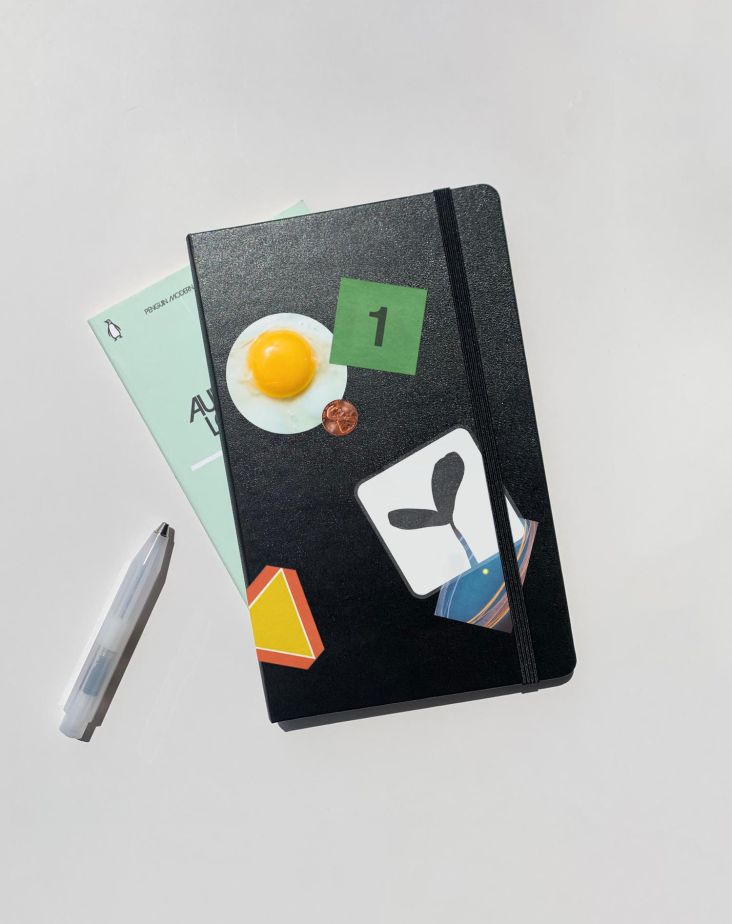
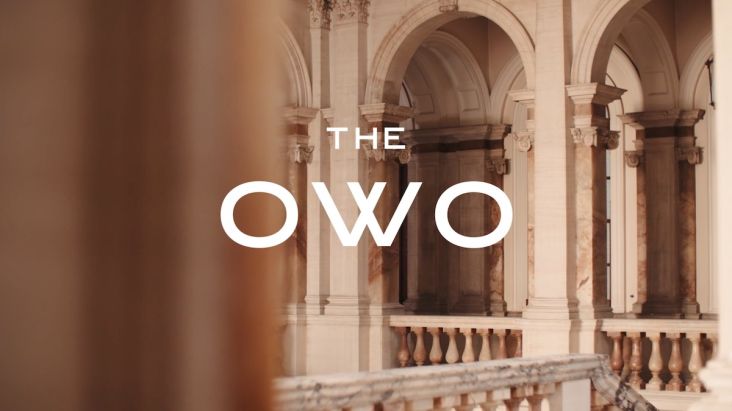
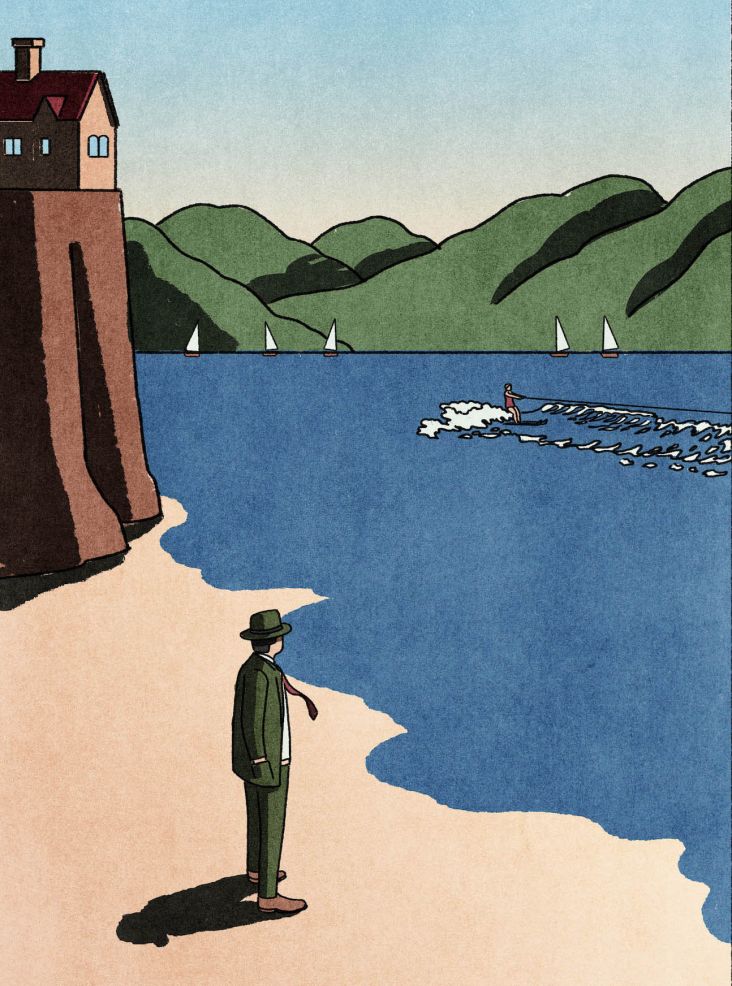

, past winner](https://www.creativeboom.com/upload/articles/25/25c84cd6dba08c005384e8378d0ff90d3dd7cbd2_732.png)
